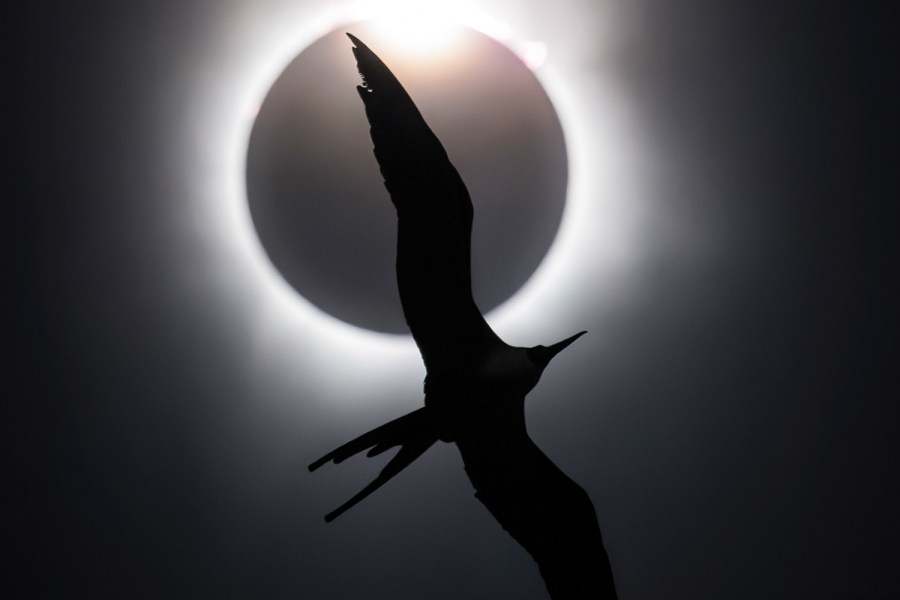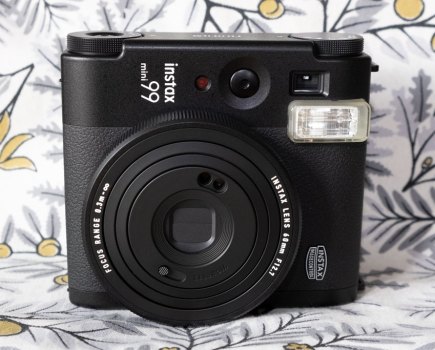Canadian photographer Liron Gertsman spent 18 months planning a shot that lasted less than five seconds, a Magnificent Frigatebird silhouetted against a total solar eclipse. The image won him Bird Photographer of the Year and redefined what’s possible when patience meets precision.
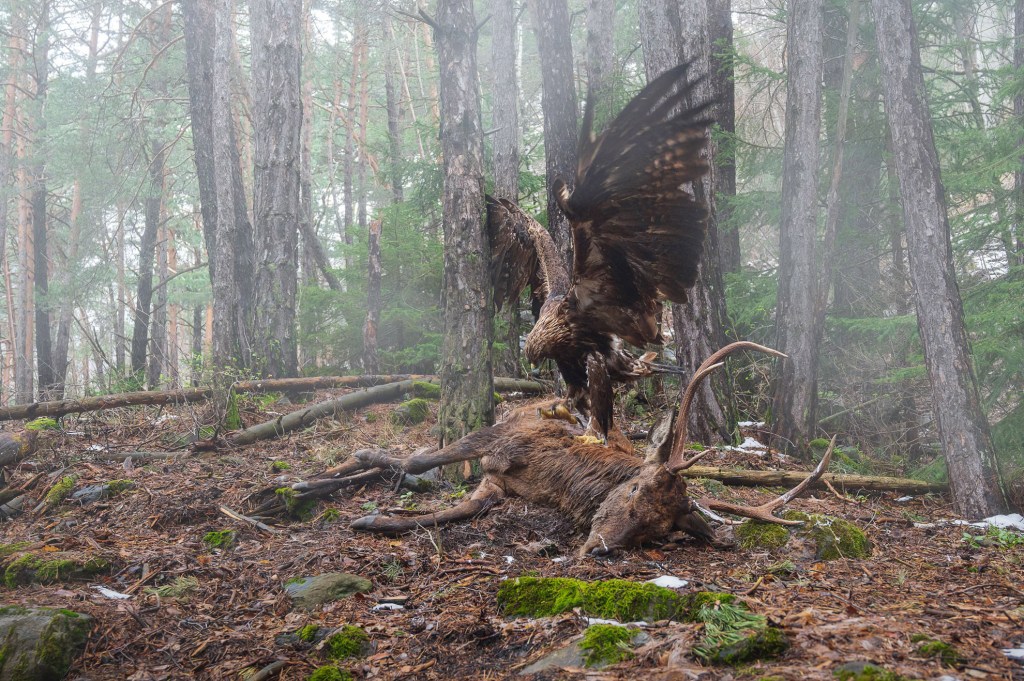
Bird Photographer of the Year (BPOTY) competition winners were officially revealed on 30 September. Shining a spotlight on some of the most extraordinary avian photography from around the globe. Celebrating a decade of the competition since its inaugural photo contest in 2016 made this year’s edition especially significant.
A decade of dazzling bird photography
For the past decade, BPOTY has developed into one of the most prestigious platforms for photographers to celebrate the beauty, diversity, and wonder of birds in their natural habitats. An astonishing 33,000 entries were received, up from around 23,000 last year. Photographers embraced the opportunity to showcase their work across a diverse array of categories: birds in flight and urban birds to creative perspectives and youth submissions. There are specialised awards celebrating conservation efforts, standout portfolios and video work that captivates.
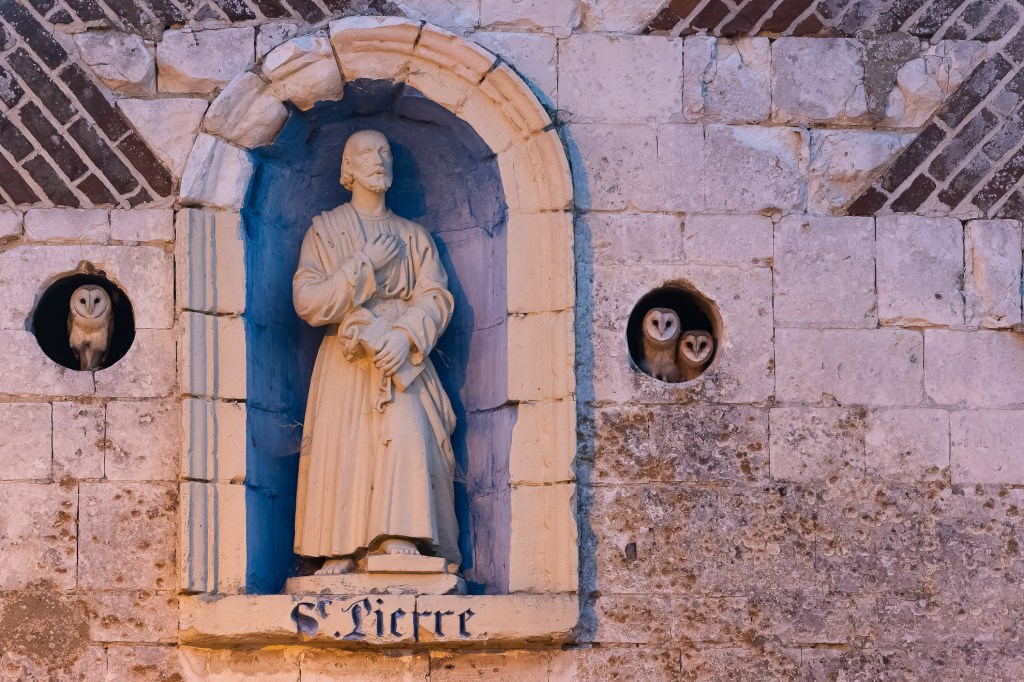
Canadian nature photographer and conservation photojournalist Liron Gertsman took top perch landing the overall title and the Gold Award in the Birds in Flight category in a year of absolute stunning imagery.
The Frigatebird and the Diamond Ring, Gerstman’s winning image, depicts a Magnificent Frigatebird gliding gracefully across the sky with a total solar eclipse unfolding behind it. A breathtaking scene. The majesty of wildlife with a celestial phenomenon, blends an image that is both technically stunning and emotionally evocative.
Be prepared
On 8 April 2024, as the moon slid across the sun, casting a shadow over earth, across North America, millions turned their head skyward in awe at the full eclipse. Across the Atlantic, even the United Kingdom caught a glimpse of the sun partially veiled by shadow. It was a fleeting spectacle for most. For Gertsman, based in British Columbia, it was the culmination of months of planning, observation and quiet anticipation.
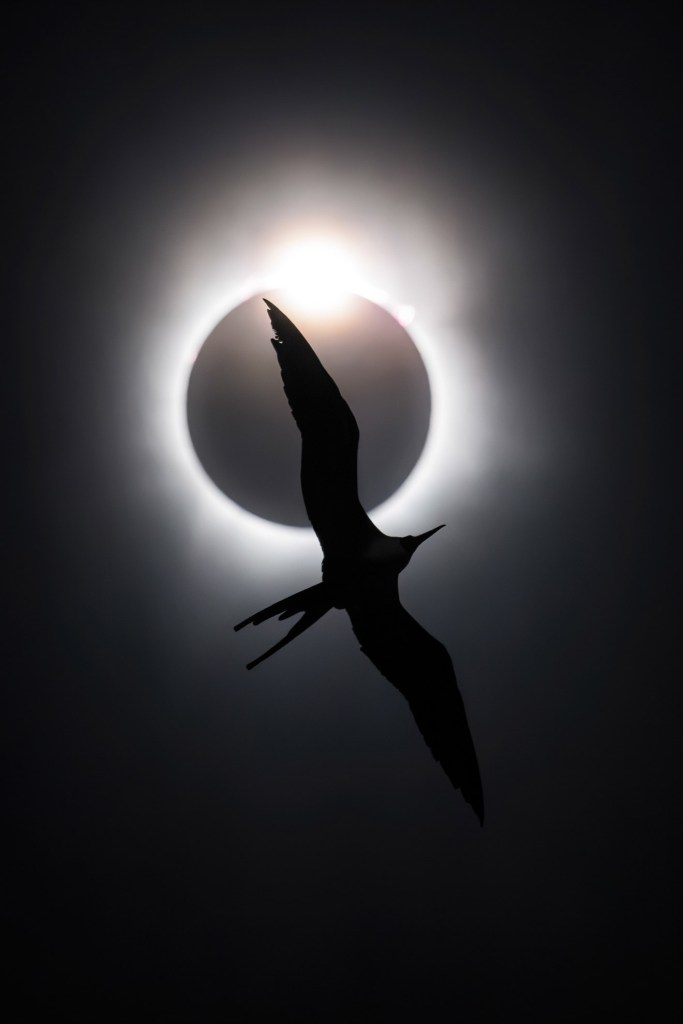
Far from the crowds and city lights, Gertsman sat on a small boat off the coast of Mazatlán, Mexico. He had studied the eclipse’s path for eighteen months, the region’s weather and the flight patterns of seabirds along Mexico’s Pacific coast. Arriving a week early to scout locations he searched for a stretch of sea where light, birds and timing might assemble. Months of preparation had led him to the perfect spot near the islets where seabirds gather.
Through his lens, he watched the sky darken and began taking photos. He had only four minutes and twenty seconds to work with.
‘As the Moon uncovered the Sun’s edge at the end of totality,’ Gertsman says, ‘I captured this Magnificent Frigatebird in front of the spectacular eclipse phase known as the ‘diamond ring’, a moment that just lasts seconds.’
Rare moment of cosmic perfection
The diamond ring effect occurs when the sun’s last sliver peeks from behind the moon. A burst of light that seems to ignite the sky like a jewel. Gertsman, in a fleeting instant, pressed the shutter. What he captured was something impossibly vast yet intimately personal. Timing, nature, and human observation in perfect alignment. The photograph epitomises patience and precision. It’s a dazzling interplay of light, shadow and wildlife. A triumphant intersection of nature and human vision.
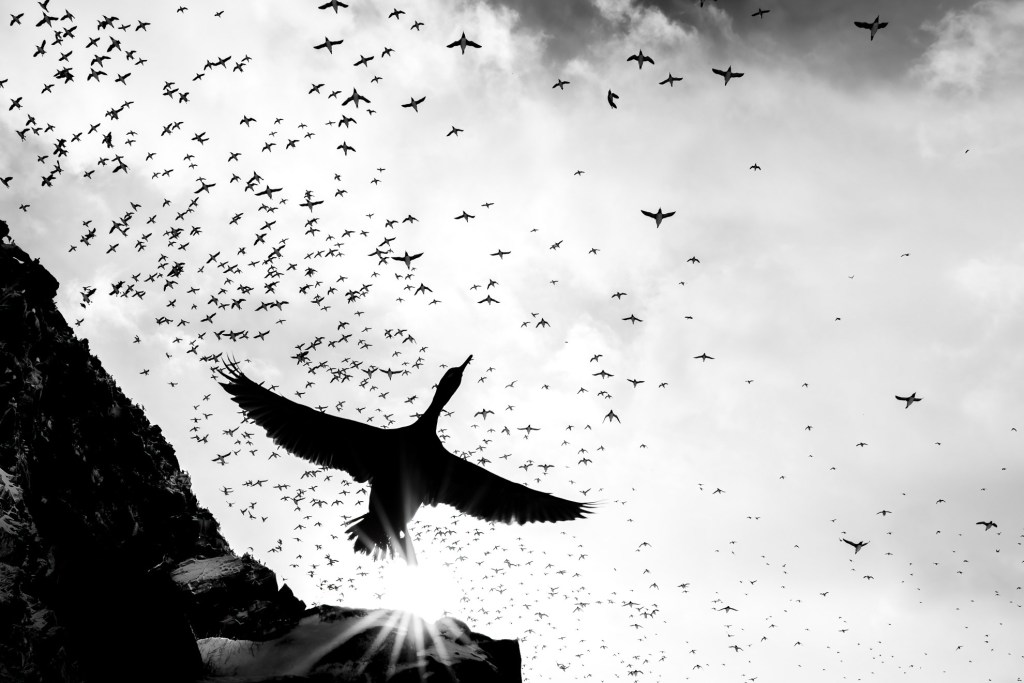
Often exceeding two metres, Frigatebirds are remarkable for their long wingspans. They have the lowest wing loading of any bird, a measure of a bird’s weight relative to its wing area. This affects its ability to soar. Using warm air currents to stay aloft, they can glide over tropical oceans for weeks. Males have glossy black feathers and bright red throat pouches, which they inflate during courtship. In Gertsman’s work, the bird is presented as a silhouette, removing colour and context to focus on motion, form, and the rhythm of flight.
What Gertsman’s dedication to being present for that singular moment reflects, is a deeper truth about what BPOTY celebrates: photographs that display technical mastery, bear witness to the natural world and drive home our responsibility to protect it.
More winners, more wonder
Italy’s Francesco Guffanti took the Bird Behaviour Gold Award with Angel or Demon, an image that captures the ambiguous nature of avian expression. Viewers are invited to question their interpretations. The photograph captures a bird in a moment so precisely timed that it blurs the line between threatening and ethereal. It challenges our tendency to project human emotions onto the natural world.
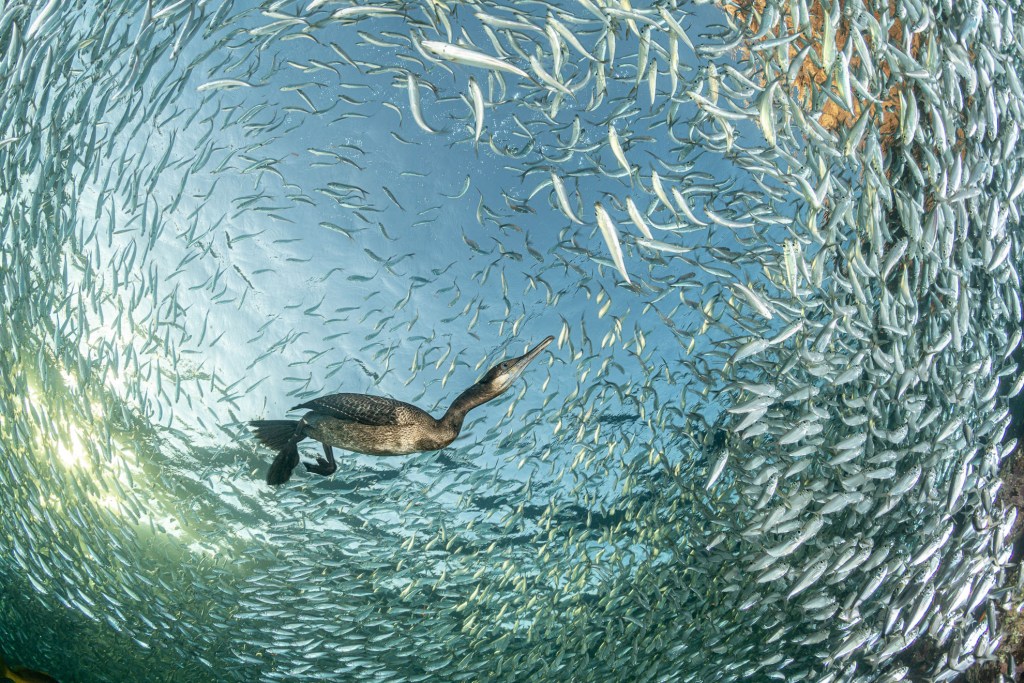
BPOTY has become known for its inclusivity, welcoming entries from professionals, hobbyists and first-time photographers. Entries are supplied on the latest equipment or a smartphone. Kit matters but what matters most is the vision making it one of the world’s most celebrated competitions. Collectively the entries not only capture the beauty of birds and tell the stories of our planet and the fragile ecosystems birds depend on.
In addition to the celebration of stunning imagery, BPOTY highlights the vital connection between art and advocacy. Each photograph showcases technical skill, creative vision and tells a story about the challenges birds face in an rapidly changing world. This unwavering commitment to using photography as a force for awareness and action is what sets the competition apart.
Beyond beauty: conservation at its core
At the very heart of BPOTY’s mission is conservation. This year, the competition donated more than £5,000 to its partner charity, Birds on the Brink, which provides vital funds to grass-roots projects protecting birdlife and habitats around the world. Included in these initiatives is reducing seabird bycatch in fisheries, safeguarding nesting sites and raising awareness of endangered species.
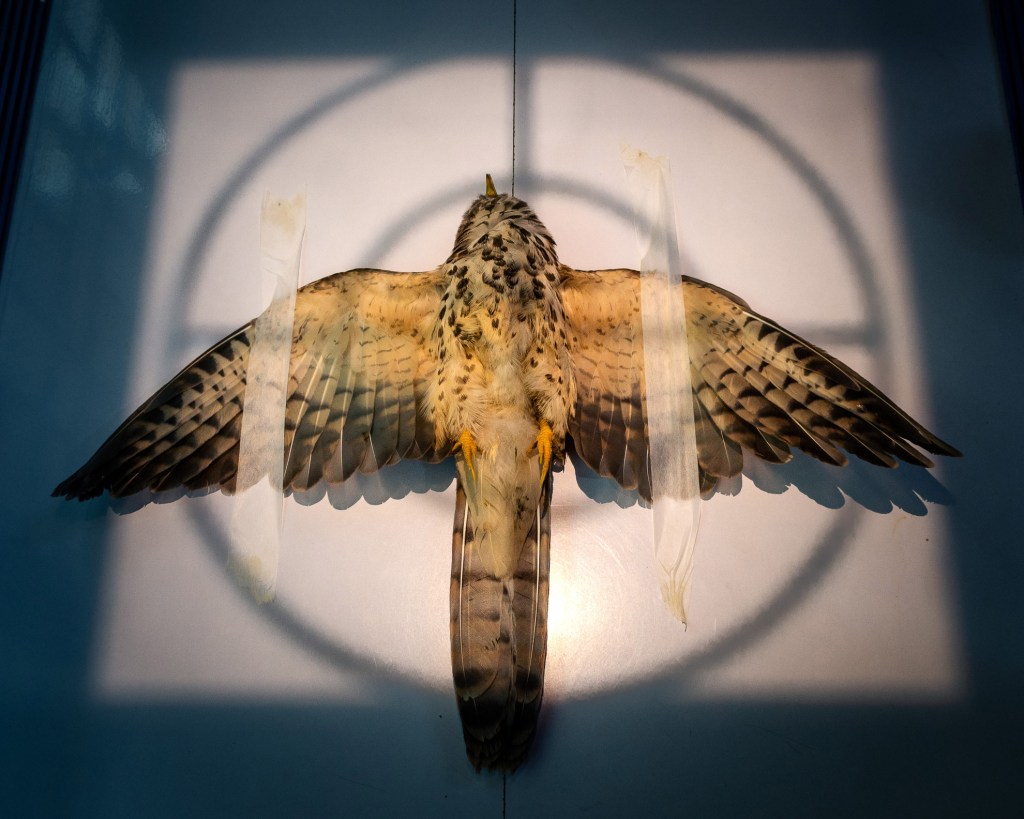
Since its founding, BPOTY has raised more than £10,000 for groups such as the British Trust for Ornithology, the World Land Trust, and the Bermuda Audubon Society. The message the competition delivers is clear: if bird populations decline, the art of bird photography will disappear with them.
Photography as a force for change
What the organisers believe, is that photography has the power to change perspectives and inspire meaningful action. Striking images can stop people in their tracks. It can encourage them to see the world and their place within it in a new way. At it’s best, a photograph can awaken empathy, spark curiosity and bring environmental challenges into focus. A single frame can capture the breathtaking beauty of a species and the fragile balance that sustains it. What we are reminded of is hat wonder and vulnerability are inseparable parts of the natural world.
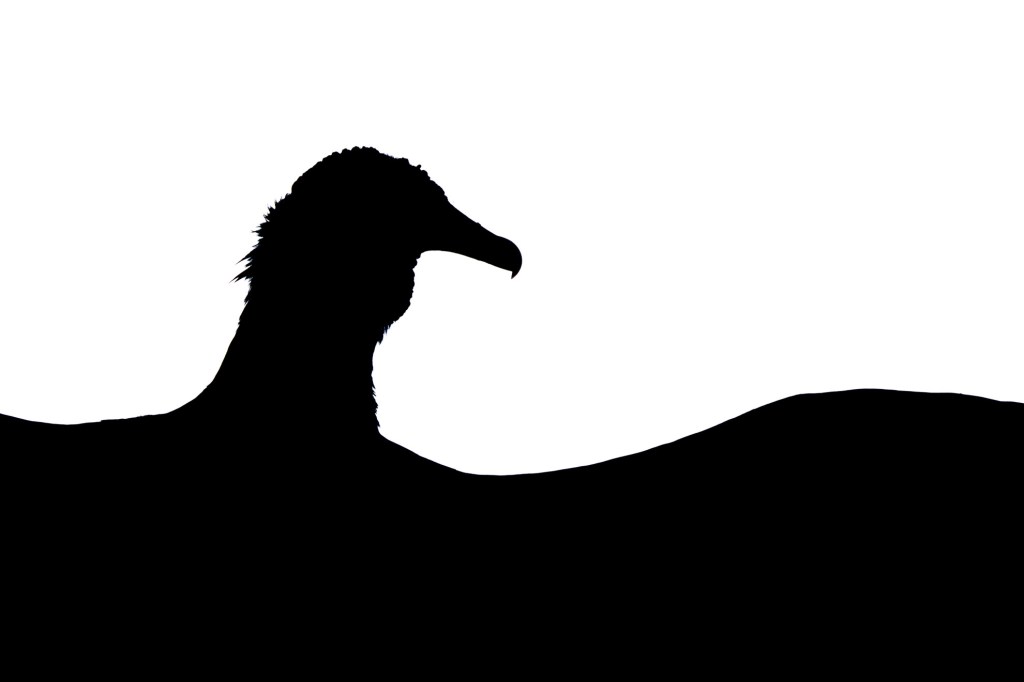
All winning images are showcased in a beautiful hardback coffee-table book published (Princeton University Press). Copies available for purchase on the BPOTY website. Priced at £35, this 10th edition features more than 250 of the very best images, complemented by a foreword from renowned naturalist and presenter Nigel Marven.
The 2026 competition is now open for entries, photographers of all experience levels are invited to submit their best bird photos.
See all the 2025 winners and more information via www.birdpoty.com

